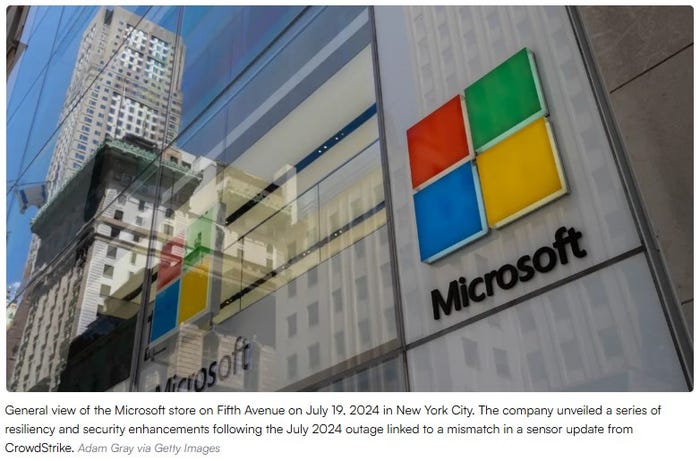Harris completes acquisition of Tyco LMR unit
Harris last week closed its $675 million acquisition of Tyco Electronics Wireless Systems — formerly M/A-COM — and the merged company has high hopes that the combined resources and intellectual property will allow the new entity to grab greater market share in the public-safety sector.
June 8, 2009
Harris last week closed its $675 million acquisition of Tyco Electronics Wireless Systems — formerly M/A-COM — and the merged company has high hopes that the combined resources and intellectual property will allow the new entity to grab greater market share in the public-safety sector.
The former Tyco unit officially is part of the Harris RF Communications division, although it is labeled within the company as the “public-safety and professional communications business unit” to differentiate it from Harris’ military-centric RF business, said Harris spokeswoman, Victoria Dillon, a former Tyco employee. Final regulatory approvals for the merger were given about a month before the estimated schedule announced in the spring.
“As acquirers, they are really enthusiastic throughout the whole organization, which is a good experience to go through from our standpoint,” Dillon said. “It’s been a positive transition time.”
Dillon said there’s an “eagerness” by company officials to find ways to leverage intellectual property that both sides bring to the table. While those discussions likely will begin with multiband radio — Harris has introduced its Unity line and Tyco was developing its own solution when the deal was announced — the conversations will extend into all areas of communications, including multiprotocol and satellite technologies, said John Vaughan, a former Tyco employee who is senior vice president of marketing and business development in the new Harris RF unit.
“If you look into their products and think a minute about … the technology behind it, you see a bunch of other things that are all worth considering in the public-safety space,” Vaughan said. “Think about multiband, multiprotocol, voice and data, terrestrial, tactical and satellite How many of those technologies can be applied [to public safety] — maybe in a slightly different way, but applied — to public safety?”
Vaughan said it could be months before both sides of the merged company are able to fully grasp the capabilities the other side has. When that happens, the results could be impressive, he said.
“Battlefields tend to be noisy places, so making radios that work in noisy environments, there’s intellectual property there,” Vaughan said. “There’s a lot of technology that has applicability that we don’t even know yet. I think there are tremendous opportunities to leverage their long history of work in this area.”
Of course, the goal of Harris is to have the merged business unit make a dent in the market-share leadership position held by Motorola.
“Harris entered into this market with full knowledge who the market leader is,” Dillon said. “They entered in with their multiband radio and they acquired us for the systems solution, the customer base and all the things that one would expect. And their intention is clearly to move ahead in the market, gain market share and move forward.
“There’s no lack of enthusiasm for driving forward on that point.”
Related Stories



